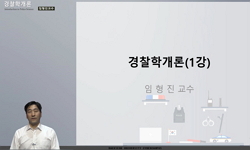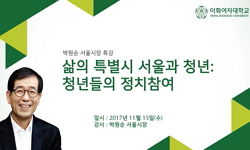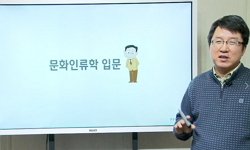In 2012, the Korean Catholic Church is celebrating its 50th anniversary of the Constitution of the Sacred Hierarchy. At the same time, it commemorates the 50th anniversary of the opening of the Second Vatican Council (VCII 1962~65), which placed the ...
http://chineseinput.net/에서 pinyin(병음)방식으로 중국어를 변환할 수 있습니다.
변환된 중국어를 복사하여 사용하시면 됩니다.
- 中文 을 입력하시려면 zhongwen을 입력하시고 space를누르시면됩니다.
- 北京 을 입력하시려면 beijing을 입력하시고 space를 누르시면 됩니다.

교계제도 설정 이후 한국 천주교회 = Korean Catholic Church since its Constitution of the Sacred Hierarchy : Focusing on the Seoul Archdiocese
한글로보기https://www.riss.kr/link?id=A99679295
- 저자
- 발행기관
- 학술지명
- 권호사항
-
발행연도
2012
-
작성언어
Korean
- 주제어
-
등재정보
KCI등재
-
자료형태
학술저널
-
수록면
99-141(43쪽)
- 제공처
-
0
상세조회 -
0
다운로드
부가정보
다국어 초록 (Multilingual Abstract)
In 2012, the Korean Catholic Church is celebrating its 50th anniversary of the Constitution of the Sacred Hierarchy. At the same time, it commemorates the 50th anniversary of the opening of the Second Vatican Council (VCII 1962~65), which placed the “People of God” before the traditional structure of church hierarchy. In the light of VCII, I trace the historical development and ecclesiastical principles of the Post-Constitutional Korean Church, focusing on the Seoul archdiocese.
During the Post-Constitutional period(1962~2012), the Korea Catholic Church has experienced extraordinary development. It has seen phenomenal growth in the numbers of priests (7 times), male religious (6.5), female religious (3.6), and lay believers (10.5). The average age of diocesan priests is 47.3 years, and the portion of indigenous priests in the Seoul Archdiocese has risen from 78.1% in 1962 to 93.9% in 2012. Economically, the Seoul Archdiocese has transformed since the mid-1980s from a status of being helped to one of helping foreign churches.
In spite of quantitative development of the Korean Church, there have been limits in its maturation. 1) A parish of a large size can hardly supply a living sense of community. 2) Parish priests with bureaucratic and clerical minds may be seen as secularized administrators, which can hinder the Church’s ecclesiastical and communal growth with the whole “People of God”. 3) Without substantial change in authoritarian clericalism, the small (basic) community movement can hardly function as a complimentary church inspired and directed by the Holy Spirit. 4) The increase of faithful belonging to the upper-middle class may marginalize the poor in the pastoral contexts of a parish. 5) The Korean Church had contributed to Korean democracy in the 1970~80s, but it has sharply shown internal division regarding her social engagements in national, socio-political issues in 2000s.
So far, the Korean Church has been strenuously moving forward on its pilgrimage on earth. The church leaders should open their minds and hearts to listen to and learn from the “People of God” in order to faithfully follow the guidance of the Spirit. Then the Church will be humbly able to realize its mission in the nation and the world, and actualize its renewal to face the “signs of times”, which commands that “the church should not be “possessing and ruling”, but “sharing and serving”.
목차 (Table of Contents)
- 1. 들어가는 글
- 2. 교회의 자기 인식, 그 패러다임의 전환
- 3. 교계제도 설정 이후의 변화
- 4. 교세 성장의 한계와 과제
- 5. 나가는 글
- 1. 들어가는 글
- 2. 교회의 자기 인식, 그 패러다임의 전환
- 3. 교계제도 설정 이후의 변화
- 4. 교세 성장의 한계와 과제
- 5. 나가는 글
- 참고 문헌
- ABSTRACT
동일학술지(권/호) 다른 논문
-
- 한국교회사연구소
- 조현범(CHO, Hyeon Beom)
- 2012
- KCI등재
-
- 한국교회사연구소
- 김효석(Kim, Hyo Suk)
- 2012
- KCI등재
-
- 한국교회사연구소
- 양인성(Yang, In-Seong)
- 2012
- KCI등재
-
- 한국교회사연구소
- 노길명(사회자)
- 2012
- KCI등재




 DBpia
DBpia





